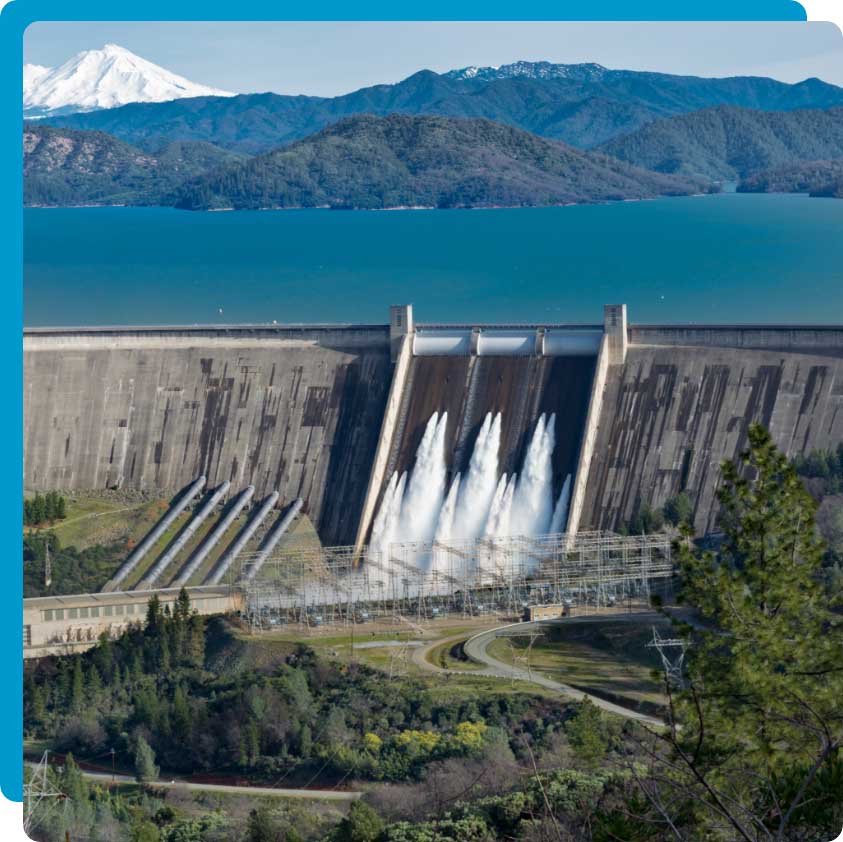Runoff | September ’23
Welcome back to Runoff, the hydropower blog that still looks back fondly on those summer trips to the reservoir...
- 9 September 2023
- 0 comments
Lead the charge for the Northwest to realize its clean energy potential using hydroelectricity as the cornerstone.

Northwest RiverPartners is a member-driven organization that serves not-for-profit, community-owned electric utilities in Oregon, Washington, Idaho, Montana, Utah, Nevada and Wyoming. We also proudly represent partners that support clean energy, low-carbon transportation, and agricultural jobs.
Hydroelectricity is a critical, carbon-free, resource to fighting climate change.
Northwest RiverPartners is a member-driven hydropower advocacy organization that represents over 100 community-owned, not-for-profit utilities along with ports and businesses that are vital to the region.
Hydroelectricity is a critical, carbon-free, resource to fighting climate change.
Almost every electric utility customer in the Northwest uses at least some amount of hydropower, since it produces roughly half of the region’s electricity. The Bonneville Power Administration markets most of the most hydropower in the Northwest. BPA’s customers are mostly not-for-profit organizations, like cooperatives, municipalities, and public utilities. Generating clean, affordable energy is important to these organizations. They also aid in protecting cities and homes from flooding, providing irrigation for farms, enabling low-carbon transportation in the form of barging, allowing for recreation, and aiding in fish passage.
While several salmon stocks are still endangered, data show that the Columbia and Snake River are producing significantly improved numbers of juvenile salmon. According to NOAA Fisheries, “…the Columbia and Snake Rivers may now produce more juvenile salmon than they did prior to dams and development, when hatchery fish are included.” Adult returns also saw significant improvements in the last decade, but poor ocean conditions reduced those numbers once again. Like the Snake River, undammed rivers from Southern Oregon to Alaska are seeing worsening returns of adult salmon, which is a cause for concern.
NOAA Fisheries Fact Sheet: Southern Resident Killer & West Coast Chinook Salmon
University of Washington--Columbia Basin Research--Data Access in Real Time
SalmonRecovery.gov--Citizens Guide
Northwest dams and reservoirs do not create significant methane emissions.
US Army Corps of Eangineers - Response to Methane Study
Scientists theorize the problem is occurring in the ocean. A recent peer-reviewed study shows that roughly 85% of the total historical vegetated estuary area for the West Coast has been lost. Losses were highest for major river deltas.
Some scientists have also pointed to the growing numbers of seals and sea lions, which feed on the fish, as behind the declines.
Others say the warming and acidifying of the ocean are killing off the prey that the salmon depend on. There is strong evidence that ocean conditions, including ocean temperatures, are an important predictor of adult salmon returns.
Insights into estuary habitat loss in the western United States using a new method for mapping maximum extent of tidal wetland
12-3-2018 CBC News "More than a dozen B.C. chinook salmon populations in decline, scientists say"
NOAA Northwest Fisheries Science Center Outlook for Salmon Returns
Welcome back to Runoff, the hydropower blog that still looks back fondly on those summer trips to the reservoir...
Welcome back to Runoff, the hydropower blog approved by 9 out of 10 beavers. Each month, we capture the...
Welcome back to Runoff, the blog that roots for rain and winds up with Seasonal Affective Disorder when it’s...